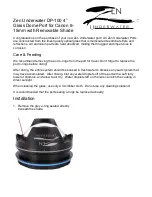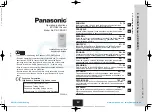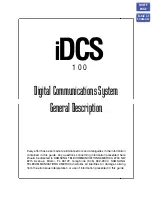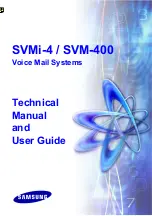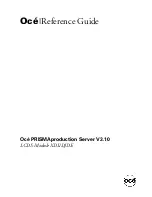
4
SAFETY GUIDLINES
General safety
Attention should be paid to all safety instructions in this manual. Keep the manual located close to the battery for future
reference. Maintenance or repair work should only be carried out by qualified personnel. A damaged or abnormal functioning
battery should not be used. Keep the battery away from children. The battery should be used for general purpose, small
drive trains and source for static electrical equipment. The batteries should not be used for critical equipment like medical
equipment unless a thorough risk analysis has been conducted. Furthermore, the battery can be used for light drive
systems as well as for power supply of static equipment.
Explosion and fire
>
The battery terminals have a different polarity. For this reason, you should prevent that positive and negative wires
come into contact with each other with the risk on sparks.
>
The battery case should not come in contact with fire or be placed close to a heat source.
>
Contact with very humid air and splash water is allowed but don’t leave the case out in the rain for long periodes.
>
When there is doubt whether water has entered the case, please open the lid and let the case dry in an area with dry
and warm air.
>
Use a type D, foam or CO
2
type fire extinguisher in case of fire.
Safety and protection
>
Never try to open or dismantle the battery. The battery contains electrolyte. Under normal operational conditions contact
with the electrolyte is impossible. If the battery case is damaged do not touch the electrolyte or other materials released
from the battery. In case of contact with the electrolyte: rinse thoroughly with water and consult a doctor.
>
Prevent damaging of the battery case. A damaged battery case should not be used anymore.
>
A damaged battery has to be disposed according local guidelines as small chemical waste.
>
Prevent mechanical shock and extreme vibrations as the batteries can get damaged. Never cut or drill in the case.
>
Prevent contact with the terminals inside the connectors.
>
Use only special LiFePO
4
chargers or standard chargers programmed to be used within the specifications of the batteries.
Instructions for connecting portable cases
>
Use cables of sufficient thickness. Pay attention to the required current load and length of the cables.
>
Putting batteries in series is not allowed for battery cases. The cases must not be used in series. If a higher voltage is
desired, choose the 24V version.
>
Up to eight batteries can be placed in parallel to increase the capacity. For safety reasons however it’s recommended to
limit the current to two times the maximum current of one battery or to fuse every battery separately by a fuse of two
times the maximum continuous current of one battery. This is to avoid large current spikes across one battery as the
other batteries would fail. When connecting in parallel, special attention must be paid to the connecting wiring. Ask for
advice from JAROCELLS B.V..
Charging and discharging
>
Check the mains on the right voltage before connecting your battery charger to the mains.
>
The battery may only be charged with the cables supplied with the battery charger. Extending the charger cables can
cause slow or not completely charging of your battery because it can no longer properly detect the voltage of the battery.
>
The battery may only be placed in a dry environment, in a non-flammable environment and on a non-conductive surface
be charged.
>
Only a charger suitable for LiFePO
4
may be used to charge the battery.









